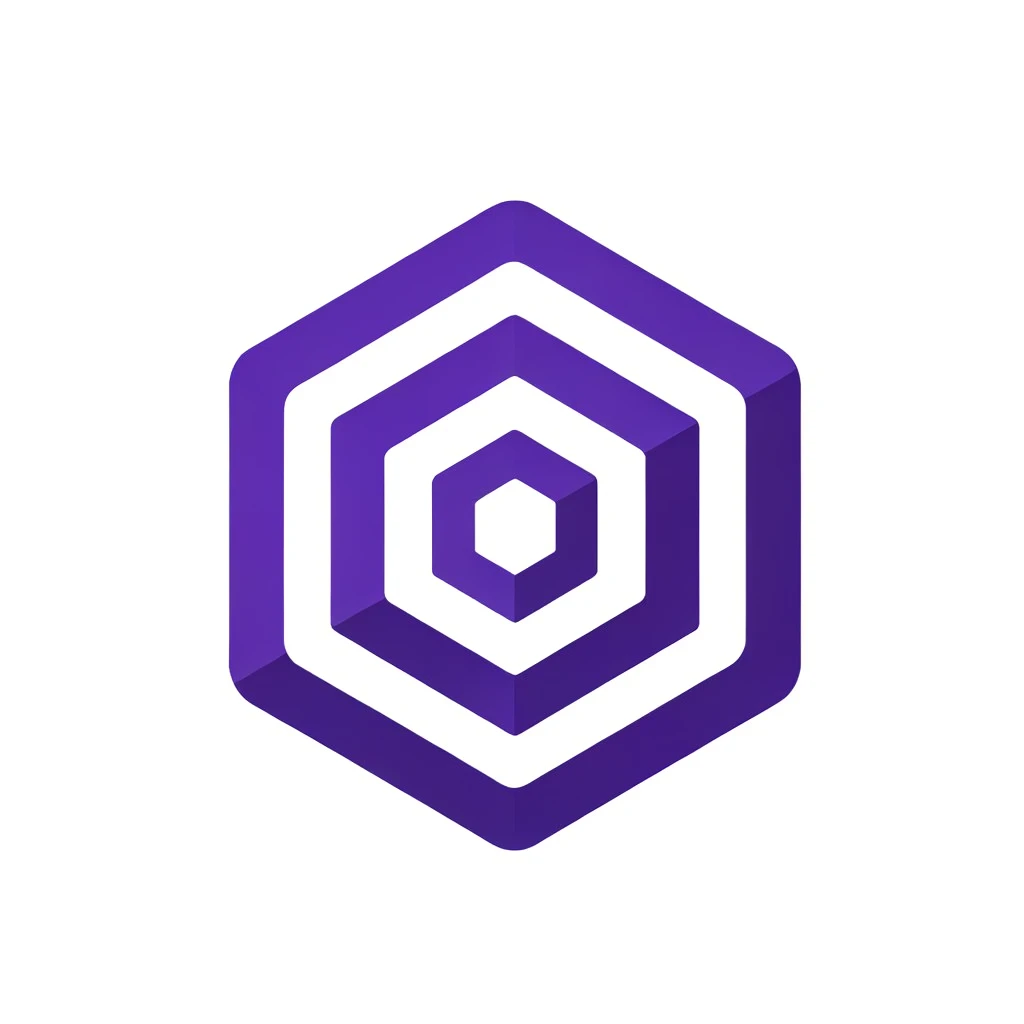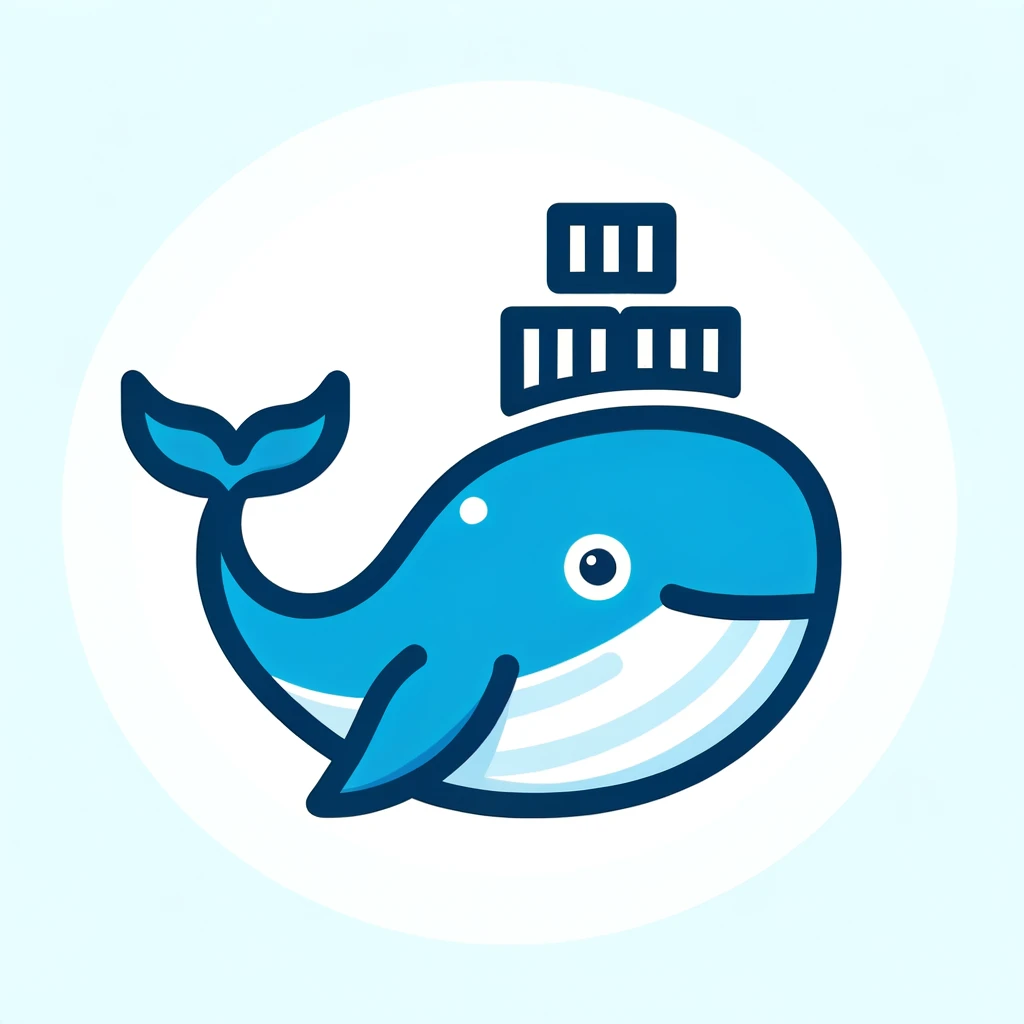Finding the right people to shape your idea can be daunting.
Hiring tech talent is one of the biggest challenges companies and entrepreneurs face today. And it’s no wonder. The market is full of happy-go-lucky development shops that instill confidence and promise you the moon. Before signing the contract everything seems great…
…and then it begins.
They assign you to their junior team. Communication is subpar. Sometimes they go off the grid for days and leave you all alone, stumbling in the dark. They move the goalposts and refuse to own up to their mistakes. By the time you realize that nothing is what it seems you’ve already wasted months and blown most of your budget.
The truth is that most software development projects fail.
Here are some of the reasons why:
- Managers have a tendency to push for more features (billable hours) while neglecting business goals and needs of your target audience
- Most developers are not invested in their clients success, and mostly care about technical aspects of their work
- Problems are often swept under the rug and left there to fester
- Making changes becomes more and more expensive as time goes on
- Development process is often opaque, with clients receiving little to no guidance
- Clients end up being locked into rigid contracts which limit the potential for experimentation and change
We are going to work in a way to help you avoid these common pitfalls and maximize your chance for success.
Building great products is challenging.
Here’s how we work
How we kickoff projects
We start every project with a collaborative analysis of your industry, business, and the problem you need solved. We’re not trying to create rigid documentation, but rather to establish a shared understanding of your business goals, project requirements, and target audience. We want to make sure that working with us brings value to your business.
If we are a good cultural and professional fit, and both sides see value in working together — we can move forward.
How we design and develop products
After signing the contract, clients often wait for long amounts of time before seeing the full-featured working product. This increases the risk of spending the budget and ending up with a shoddy solution due to developer incompetency, wrong assumptions, or other reasons.
Our goal is to work in a way that minimizes that risk. In the early development stages, we focus on delivering a working prototype, also known as minimum viable product.
Some benefits of this approach are:
- You will have a core-featured working product in your hands after a relatively short amount of time
- You can begin testing your initial assumptions by inviting a small number of early users
- We will have a chance to quickly and effectively prove our competence, giving you peace of mind
After completing the initial prototype, we can show it to a small number of stakeholders and start making informed, data-driven product decisions.

When it comes to development methodologies, we prefer using simplified Scrum. We use it to set rough guidelines, but the process can be altered to better suit the needs of your business.
We like to work in weekly sprints. Each sprint begins with grooming the requirements list, taking items from it, and delivering them by the end of the sprint period. And by delivering, we mean showcasing working and improved software, not promises and PowerPoint presentations. Our goal is to deliver weekly measurable results.
How we make sure that we’re moving in the right direction
Most startups fail because they never achieve product/market fit. People in charge of the project need to have a clear vision, but their assumptions can only be validated by actual results. That’s why we value releasing early and often, gathering user behavior data, and making changes accordingly.
There are two simple ways of gathering actionable data. Firstly, we listen to your users. We speak with them directly, or conduct on-site and email surveys. Secondly, we watch how your users behave. We do this by tracking their actions within the application via custom analytics. By combining and analyzing these datasets, we can better understand how people perceive and use your product. What needs improvement often becomes obvious.
Finally, after implementing the changes, we can set up A/B tests to confirm that the new version of the product is outperforming the old one.
The main takeaway is that you should never be afraid to show your product to users, even in its early stages. It is the best way to get valuable feedback and determine what works and what needs to be improved.
Which tech do we use?
We use Ruby (on Rails) and JAVA for backend, and JavaScript and React for frontend and mobile. We store data in PostgreSQL and Redis .
We host most of our sites on Heroku , and Digital Ocean , using Kubernetes and Docker .






